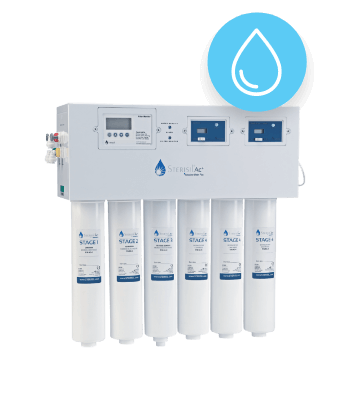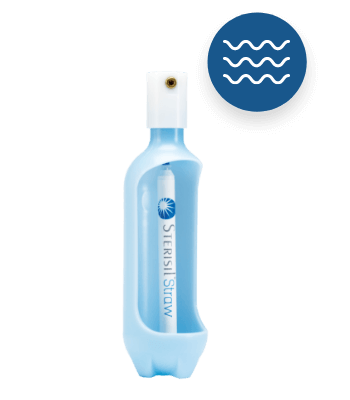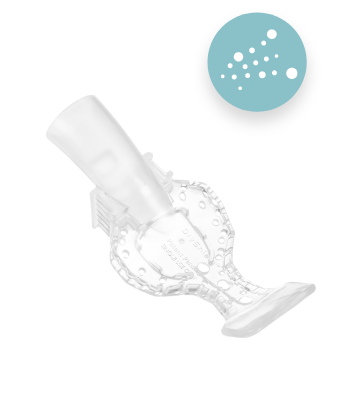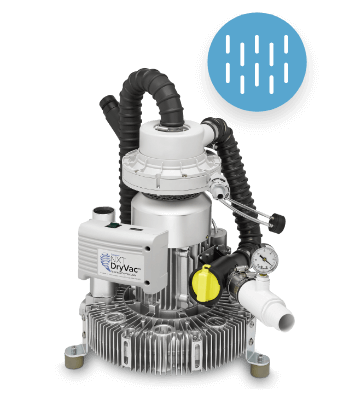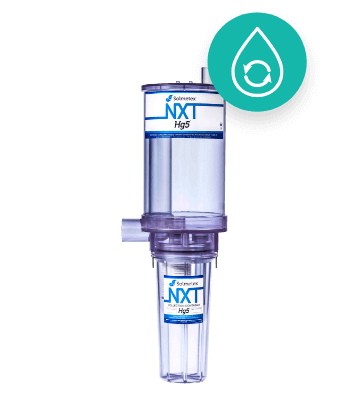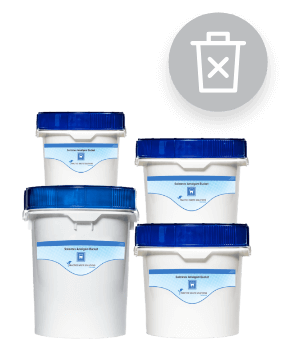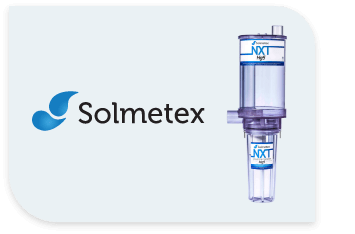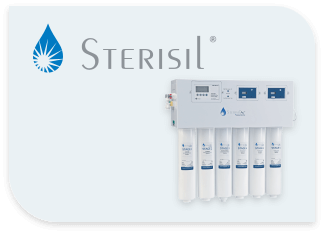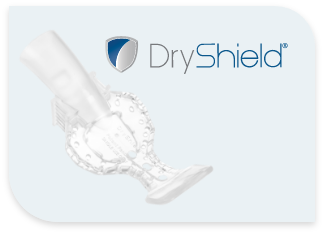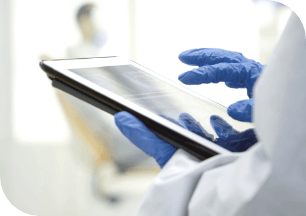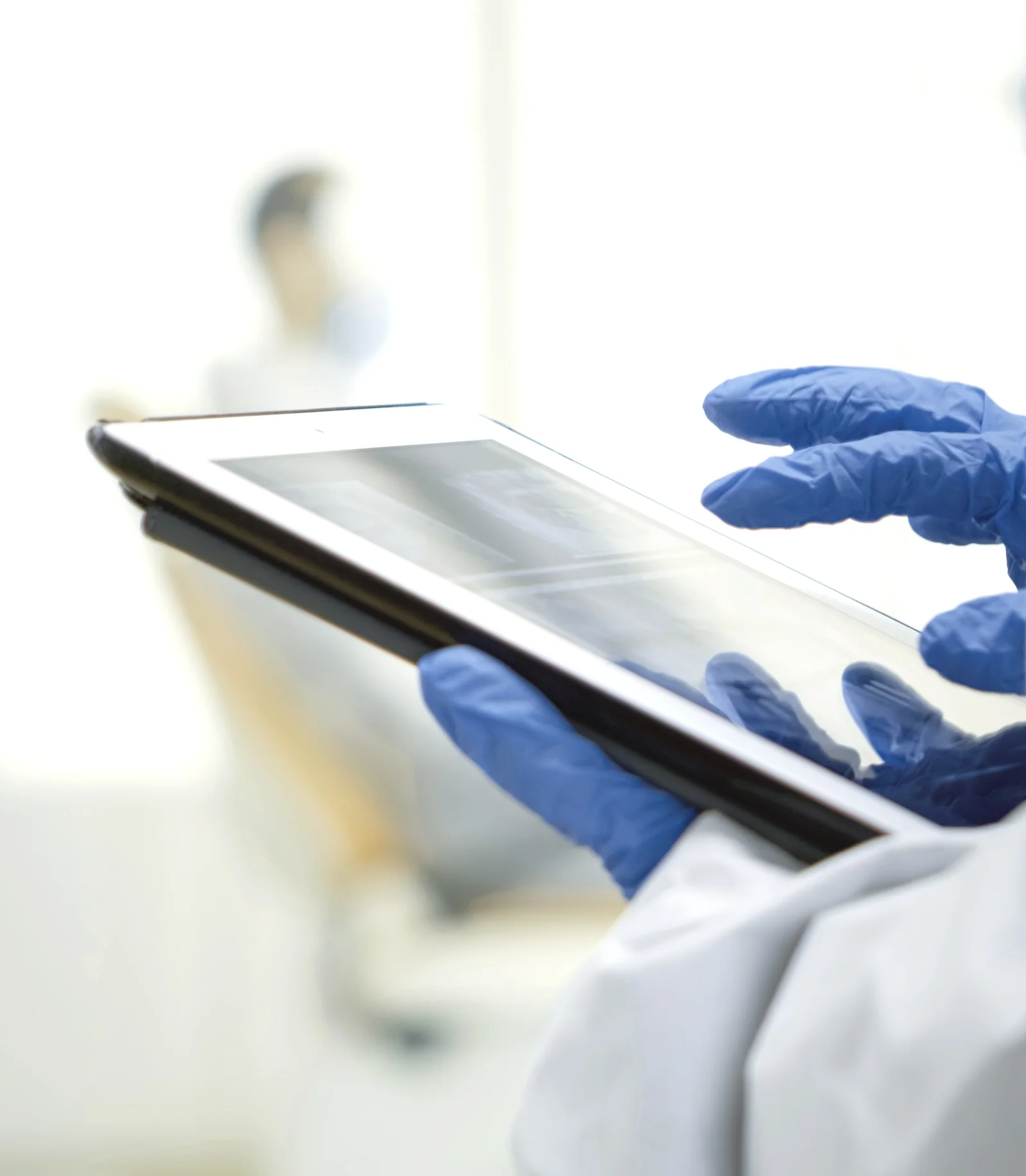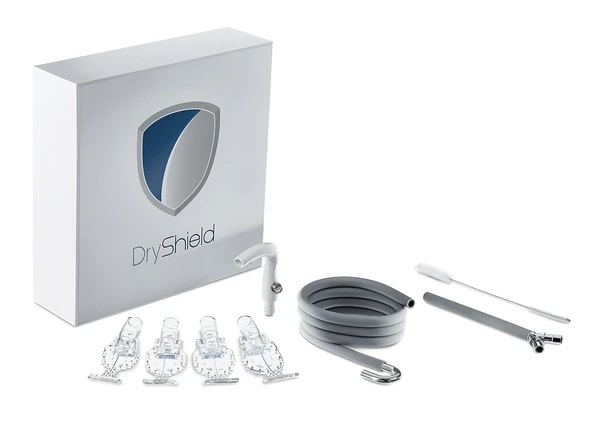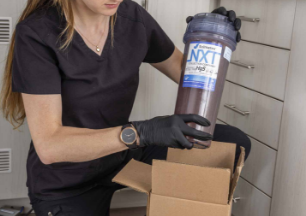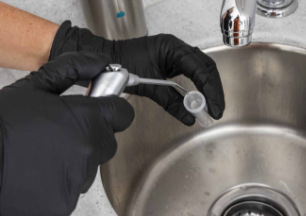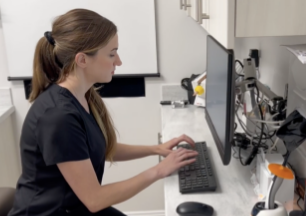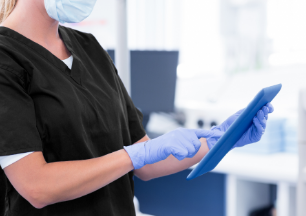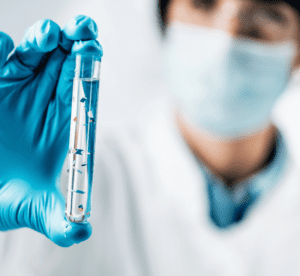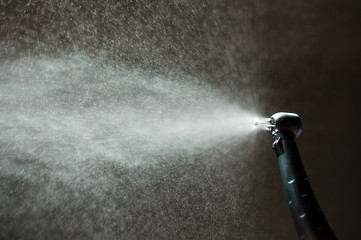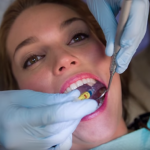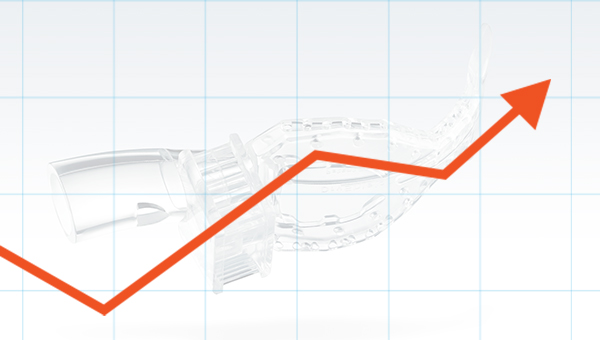Home
Water Solutions
SOURCE WATER QUALITY
SOURCE WATER QUALITYThe effectiveness of microbial treatment products
Municipal water quality is highly variable depending on your location. This chemical variability can undermine the effectiveness of microbial treatment products like straws and tablets and potentially reduce the life of your instruments.
DENTAL UNIT WATERLINE MANAGEMENT
DENTAL UNIT WATERLINE MANAGEMENTRisk of waterborne infections
Dental unit waterline (DUWL) management is vital in dentistry to control biofilm buildup, minimize the risk of waterborne infections, and maintain the quality of the dental water supply to ensure safe and effective dental treatment for patients.
ISOLATION AND AEROSOL CONTROL
ISOLATION AND AEROSOL CONTROLProtect the health and safety of patients and dental staff.
Isolation and aerosol control are essential in dentistry to prevent the spread of infectious diseases, reduce the risk of cross-contamination, and protect the health and safety of patients and dental staff. These measures can help minimize the production and dispersion of aerosols during dental procedures, reducing the risk of transmission of airborne pathogens.EVACUATION
EVACUATIONOur evacuation product solutions include NXT® DryVac, DryShield®, and PowerScrub™
NXT DryVac is a tankless dry vacuum system that provides superior performance with low acquisition costs and virtually no maintenance, all in a compact footprint for easy installation.
AMALGAM CAPTURE AND RECYCLING
AMALGAM CAPTURE AND RECYCLINGAccommodates up to 10 operatories
Featuring top-tier technology, the NXT Hg5 represents the gold standard in amalgam separation for your office. Our signature separator—the NXT Hg5—comes in several sizes to fit the needs of your practice.
WASTE MANAGEMENT
WASTE MANAGEMENTOur Waste Management product solutions includes the PWS
Waste management is essential in dentistry to reduce the environmental impact of dental practices, prevent the spread of infectious diseases, and comply with regulatory requirements.
Products
- SOLMETEXSOLMETEX PRODUCT SERIES
Take advantage of limited time offers on key Water Solutions today!
Solmetex provides dental practices with simple, safe, and effective solutions for removing harmful contaminants from their water supply, enabling safe disposal and recycling of hazardous waste, and best-in-class products for wastewater evacuation.
- STERISILSTERISIL
Sterisil® Water System
Sterisil ensures water for non-surgical procedures is clean and safe by offering effective, and convenient water purification, treatment, and testing solutions.
- DRYSHIELDDRYSHIELD
DryShield® Autoclavable All-In-One Isolation System
DryShield leads the market in providing clinicians with isolation technology that maximizes ease, comfort, safety, and productivity.
- SOLMETEX
Resources
- EDUCATIONEducation
Dental Water Safety Education
Expand your dental water safety knowledge with resources like CE courses, tutorials and videos, and the Water Matters blog.
- CUSTOMER RESOURCESCUSTOMER RESOURCES
For over 25 years, Solmetex has been an innovator in dental water safety.
Today, dentists count on us to deliver a reliable system of solutions to manage the water in, through, and out of the their practice while enabling compliance within an ever-changing regulatory environment.
- DEALER PORTAL
DEALER PORTAL
Your resource for dealer and technical product information
Solmetex recognizes that without the loyal support of our dental suppliers, much of our success would not be possible.
- DOCUMENT LIBRARYDocument Library
Find documents and resources for our products
Download instructions for use, installation manuals, sell sheets, and log sheets.
- COMPLIANCE INFORMATIONWater Safety Compliance Information
Stay up-to-date on EPA dental regulations.
Download a compliance checklist, access state compliance reports, and browse water safety compliance materials.
Request a Sterisil SMART Compliance binder here.
- TECHNICAL TRAININGTechnical Training
Download related technical documents for Solmetex®, Sterisil®, and DryShield® products.
- ARMY CERTIFICATIONSArmy Certifications
Download your training and certification testing resources here.
Password required.
- EDUCATION
Promotions
- PromotionsPROMOTIONS
All deals available now!
Find our current promotions for Solmetex, Sterisil and DryShield in one place.
- Promotion SubmissionPROMOTION SUBMISSION
Process your rebate and/or your free product.
Find our current promotions for Solmetex, Sterisil and DryShield in one place.
- DryShield Free TrialDRYSHIELD FREE TRIAL
Try the DryShield isolation system free for 30 days!
The DryShield Free Trial Kit includes the DryShield Isolation System along with an assorted sample pack of both our Autoclavable and Single-Use Mouthpieces.
- Endorsements/PartnershipsEndorsements
Find our endorsed products by State, local Dental Associations and Societies.
These special partnerships enable members to receive special programs and services as a membership benefit.
- Promotions
My Solutions Center
- Compliance CenterCOMPLIANCE CENTER
Follow Regulations
Make sure your office stays compliant with EPA and state regulations.
- RECYCLING CERTIFICATESRECYCLING CERTIFICATES
Access Documents
Keep track of your amalgam waste recycling certificates.
- WATER TESTINGWATER TESTING
Track Results
Log, trend, and respond to ongoing bacteria testing efforts.
- SUBSCRIPTIONSSUBSCRIPTIONS
Set Up Deliveries
Schedule your orders to ensure you are never without products.
- PRODUCT REGISTRATIONPRODUCT REGISTRATION
Enroll Products
Register your water safety products and receive proof of installation certificates.
- CREATE SUPPORT CASECREATE SUPPORT CASE
Report Issues
Request customer support and track your case to its resolution.
- Compliance Center
Support
- SUPPORTSUPPORT
Expert Support
We have extensive experience in
water chemistry, chemical separation science, process engineering,
high performance manufacturing, as well as federal, state and local
regulations governing water and hazardous wastes. - SPECIAL MARKETSSpecial Markets
Solmetex provides DSO’s with the only comprehensive lineup of end-to-end dental water solutions, designed to enhance practice performance. This provides DSO’s an unmatched level of assurance for water safety, quality, and compliance.
- INTERNATIONALINTERNATIONAL
Locate authorized distributors in your region.
Our international dealer directory lists trusted partners selling Solmetex products and solutions in key countries around the world.
- WATER CONSULTATIONWater Consultation
Schedule a free water consultation with a Solmetex Water Solutions Expert.
- SUPPORT
RECYCLE, SHIP, ORDER NOW
RECYCLE, SHIP, ORDER NOW
- Print Recycle Shipping LabelShipping Labels Made Easy
Print Recycle Shipping Label
Print and place your shipping label on the box containing your recyclables.
- Print Recycle CertificateRecycling Made Easy
Print Recycle Certificate
Print and place your recycling certificate on your full amalgam separator canister, or lead buckets to be EPA-compliant.
- Order NowProduct Ordering
End-to-End Dental Water Management Products
Purchase products for all your dental water management needs from Solmetex, Sterisil, and DryShield.
- Print Recycle Shipping Label
Reducing Risk of Infection, Aerosols and Splatter
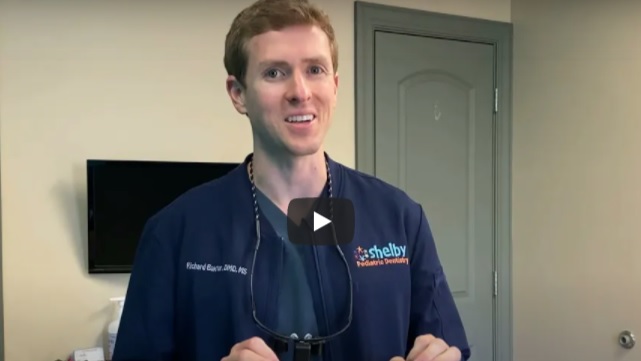
Why DryShield?
June 30, 2023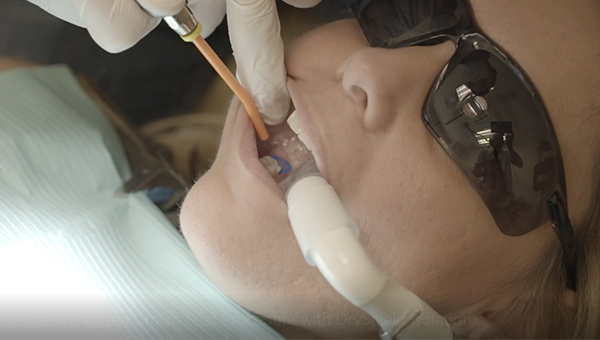
Seating a Crown with DryShield
June 30, 2023Reducing Risk of Infection, Aerosols and Splatter
Focused on minimizing risk of infection
In these uncertain times, we know our dental community is focused on minimizing risk of infection. One of the keys is the reduction of aerosol and splatter during procedures.
With the recent pandemic affecting countless lives globally, it is our responsibility as a member of the dental community to share information on best practices to ensure the safety of clinicians and patients.
As such, we’ve created a comprehensive checklist of items clinicians are recommended to do to minimize risk of infection (see above).
We believe that a multi-layered approach involving standard protective measures (which you’re probably already doing in the office) alongside aerosol protection measures needs to be in place.
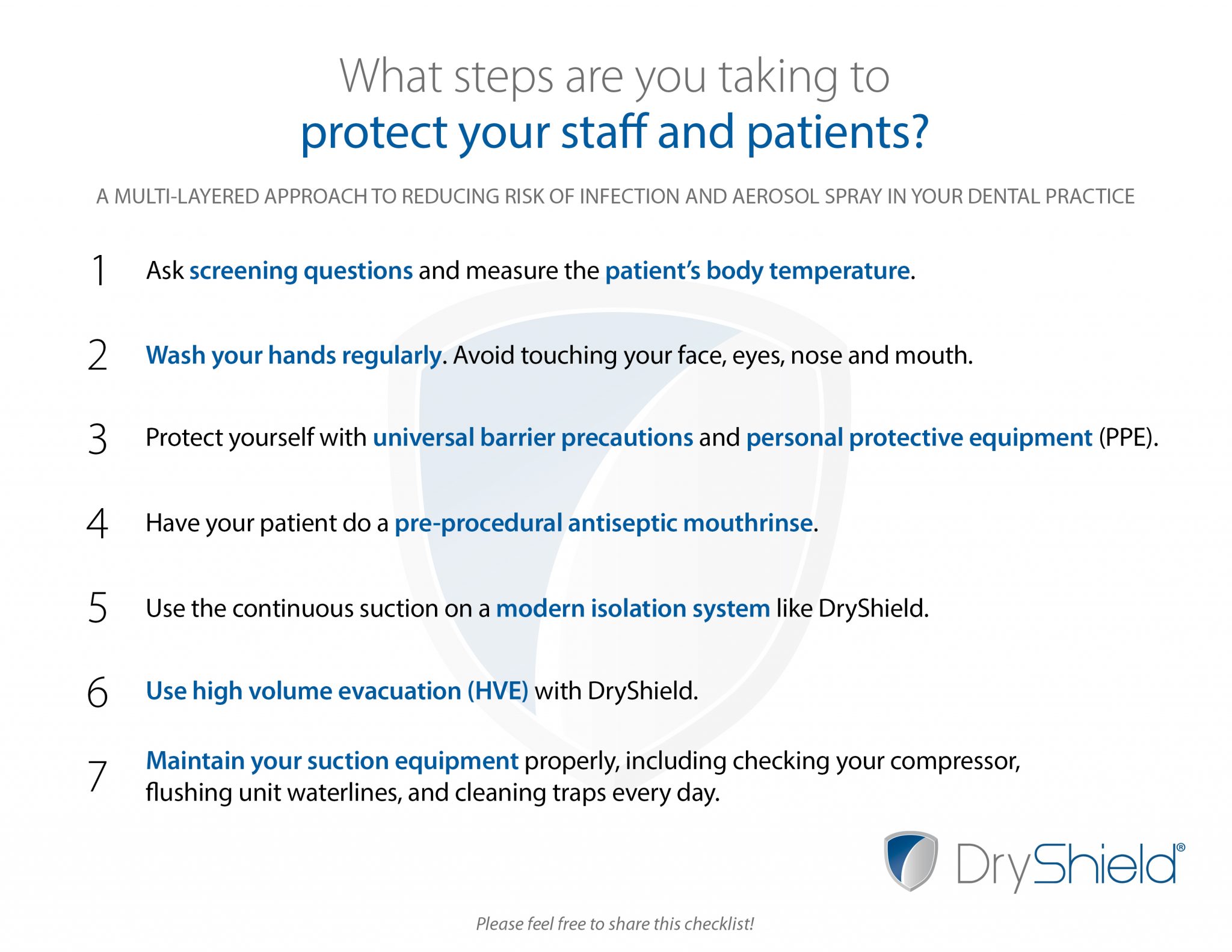
Every multi-layered approach should include the following measures:
